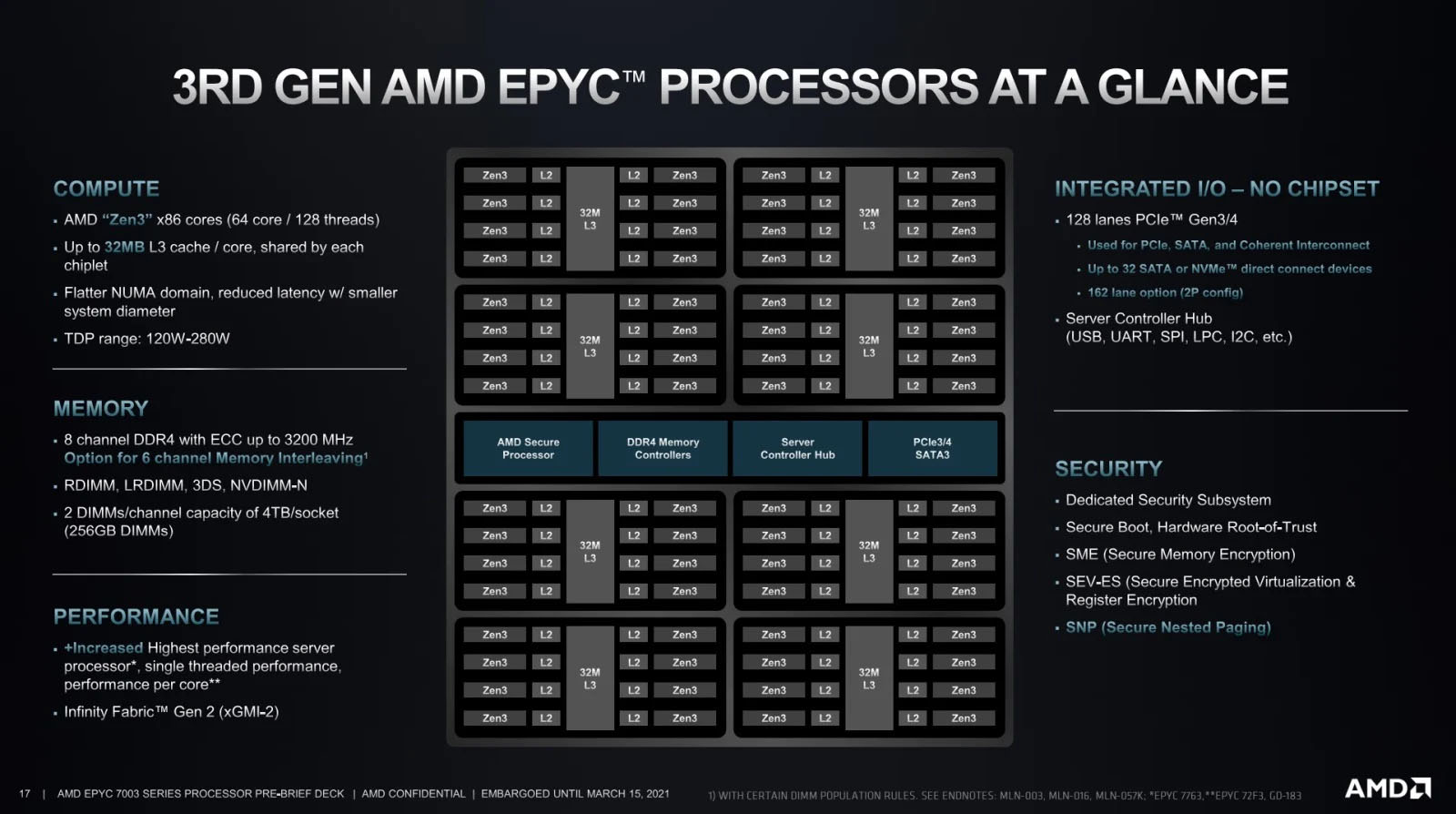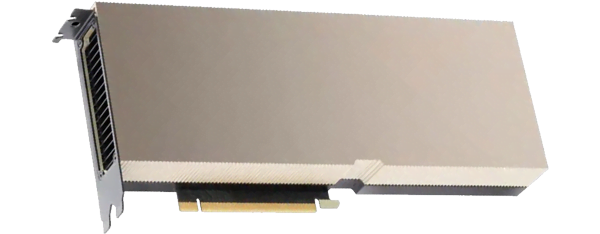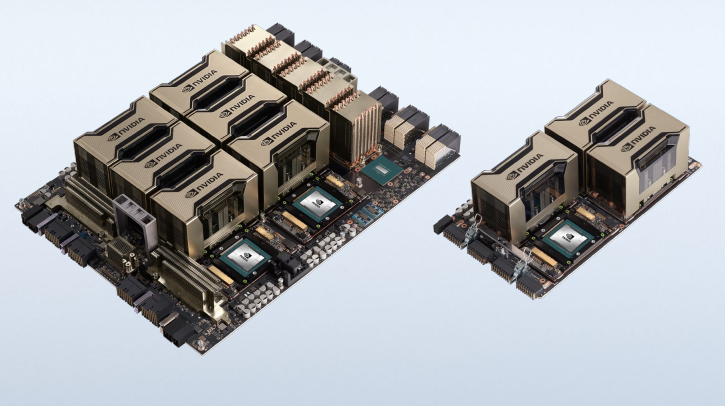From Rome to Milan, a Sherlock catalog update
timestamp1638291600000

It’s been almost a year and a half since we first introduced Sherlock 3.0 and its major new features: brand new CPU model and manufacturer, 2x faster interconnect, much larger and faster node-local storage, and more! We’ve now reached an inflexion point in Sherlock’s current generation and it’s time to update the hardware configurations available for purchase in the Sherlock catalog.
So today, we’re introducing a new Sherlock catalog refresh, a Sherlock 3.5 of sorts.
The new catalog
So, what changes? What stays the same?
In a nutshell, you’ll continue to be able to purchase the existing node types that you’re already familiar with:
CPU configurations:
CBASE: base configuration ($)CPERF: high core-count configuration ($$)CBIGMEM: large-memory configuration ($$$$)
GPU configurations
G4FP32: base GPU configuration ($$)G4TF64: HPC GPU configuration ($$$)G8TF64: best-in-class GPU configuration ($$$$)
But they now come with better and faster components!
To avoid confusion, the configuration names in the catalog will be suffixed with a index to indicate the generational refresh, but will keep the same global denomination. For instance, the previous SH3_CBASE configuration is now replaced with a SH3_CBASE.1 configuration that still offers 32 CPU cores and 256 GB of RAM.
A new CPU generation
The main change in the existing configuration is the introduction of the new AMD 3rd Gen EPYC Milan CPUs. In addition to the advantages of the previous Rome CPUs, this new generation brings:
a new micro-architecture (Zen3)
a ~20% performance increase in instructions completed per clock cycle (IPC)
enhanced memory performance, with a unified 32 MB L3 cache
improved CPU clock speeds

More specifically, for Sherlock, the following CPU models are now used:
Model | Sherlock 3.0 (Rome) | Sherlock 3.5 (Milan) |
|---|---|---|
| 1× 7502 (32-core, 2.50GHz) | 1× 7543 (32-core, 2.75GHz) |
| 2× 7742 (64-core, 2.25GHz) | 2× 7763 (64-core, 2.45GHz) |
| 2× 7502 (32-core, 2.50GHz) | 2× 7543 (32-core, 2.75GHz) |
| 1× 7502 (32-core, 2.50GHz) | 1× 7543 (32-core, 2.75GHz) |
| 2× 7502 (32-core, 2.50GHz) | 2× 7543 (32-core, 2.75GHz) |
| 2× 7742 (64-core, 2.25GHz) | 2× 7763 (64-core, 2.45GHz) |
In addition to IPC and L3 cache improvements, the new CPUs also bring a frequency boost that will provide a substantial performance improvement.
New GPU options
On the GPU front, the two main changes are the re-introduction of the G4FP32 model, and the doubling of GPU memory all across the board.
GPU memory is quickly becoming the constraining factor for training deep-learning models that keep increasing in size. Having large amounts of GPU memory is now key for running medical imaging workflows, computer vision models, or anything that requires processing large images.
The entry-level G4FP32 model is back in the catalog, with a new NVIDIA A40 GPU in an updated SH3_G4FP32.2 configuration. The A40 GPU not only provides higher performance than the previous model it replaces, but it also comes with twice as much GPU memory, with a whopping 48GB of GDDR6.

The higher-end G4TF64 and G8TF64 models have also been updated with newer AMD CPUs, as well as updated versions of the NVIDIA A100 GPU, now each featuring a massive 80GB of HBM2e memory.

Get yours today!
For more details and pricing, please check out the Sherlock catalog (SUNet ID required).
If you’re interested in getting your own compute nodes on Sherlock, all the new configurations are available for purchase today, and can be ordered online though the Sherlock order form (SUNet ID required).
As usual, please don’t hesitate to reach out if you have any questions!
Did you like this update?
![]()
![]()
![]()
